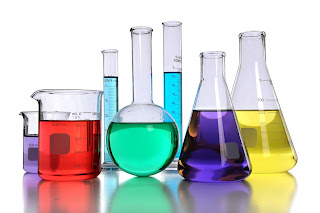 |
| Steam is a necessary utility for some types of laboratory equipment. |
One reason for the staying power of steam throughout modern history is its very effective performance as a heat transfer medium. A comparatively large amount of heat can be liberated by condensing one pound of steam vapor into liquid water. Steam is not flammable or toxic, and can be produced at a centralized location and distributed effectively to utilization points throughout a large facility using a piping system. If you live or work in a large building in a location that experiences cold winter temperatures, chances are good that it is heated using steam.
There are a number of common laboratory equipment items that utilize steam as a heat source. Often, the steam is provided from a central plant, and the equipment operator has little to do with steam production. In other cases, a small steam generator may be the dedicated steam source for the equipment. In this case, the operator should recognize that the steam generator is an equipment item that requires regular scheduled maintenance in order to keep producing steam at the rated capacity. Additionally, there are some safety concerns of which operators should be aware. All of these items will be clearly depicted in the owner's manual for the equipment. If no owner's manual can be located, contact the steam generator manufacturer and obtain a copy.
The lab equipment that utilizes steam will often be characterized by a large heat requirement in their operation. Common examples are sterilizers, washing equipment, water distillers, and some types of drying ovens. Small versions of these equipment items may be heated electrically, but larger versions will often employ steam because of its efficiency as a heat source.
Lab planning includes an assessment of the utilities required to properly operate equipment contemplated for each space. Specific connection points for washing, sterilizing, and other steam utilization equipment will identify connection sizes for steam, as well as minimum pressure requirement, maximum allowable connected pressure. An additional requirement for steam flow, expressed as mass per unit of time (lbs/hr in the US) is essential in making sure the steam source to the equipment provides adequate capacity.
Share your lab equipment requirements and plans with a lab equipment planning specialist. Leverage your own knowledge and experience with their expertise to develop an effective solution.

